As the global commitment to combat climate change intensifies, Direct Air Capture (DAC), usually meant for Direct Air Carbon Capture (DACC) emerges as a promising yet controversial technology in the arsenal of carbon dioxide removal (CDR) strategies. This article will dissect the fundamental principles of DAC technology, analyze various approaches such as solid sorbents and liquid solvents, and highlight the current stage of development traversed by key industry players. In addition, it will tackle the energy requirements, the impossible economic viability, and the environmental impact of DAC systems, while also addressing the challenges and misconceptions that may cloud its effectiveness and scalability.
Key Takeaways
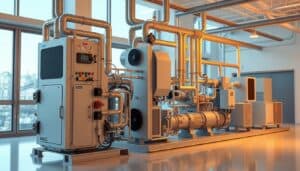
- DAC relies on capturing CO2 directly from ambient air.
- Different technologies include solid sorbents and liquid solvents.
- Technology is evolving with major industry participants emerging.
- Very significant energy input is necessary for DAC operations.
- Economic feasibility varies significantly by region and technology.
- Scalability faces misconceptions regarding effectiveness and costs.
- The best waste, is the one you do not produce at first
Fundamental Principles of Direct Air Carbon Capture Technology
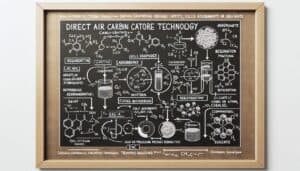
Direct Air Carbon Capture (DAC) technology operates on the principle of chemically capturing carbon dioxide (CO₂) straight from the atmosphere. It typically employs a sorbent or solvent that selectively binds CO₂. Upon saturation, the material is then subjected to a regeneration process, often involving heat or a reduction in pressure, to release the captured CO₂. For instance, systems using solid sorbents might employ a cyclic process where the sorbent is heated to around 100-150 degrees Celsius to release CO₂. This process can be represented by the reaction:
\( {CO}_2 + {Sorbent} {\rightleftharpoons} {Sorbent-CO}_2 {(bound form)} \)
The overall efficiency of DACC systems can vary significantly based on the technology and design employed. Several methods include high-temperature sorbents, aqueous amine-based solvents, and alkaline mineralization. A report by the Global CCS Institute indicated that high-temperature sorbents can capture 90% of CO₂, while amine solutions can achieve similar results with lower energy costs. Each method shows distinct trade-offs in energy input, capture efficiency, and scalability potential, which influences the choice of technology based on the application required.
A notable advancement in DAC technology is the direct capture of CO₂ from ambient air combined with renewable energy sources to offset operational energy requirements. For example, Climeworks, a leading DAC firm, reported a capture cost of $600 per ton of CO₂ in 2021. This figure highlights the current financial challenges while also underlining that with increased investment and innovation, costs may decrease over time.
As of 2025, more real scaled tests have shown that this is arguable.
Overview of Different DACC Approaches and Technologies
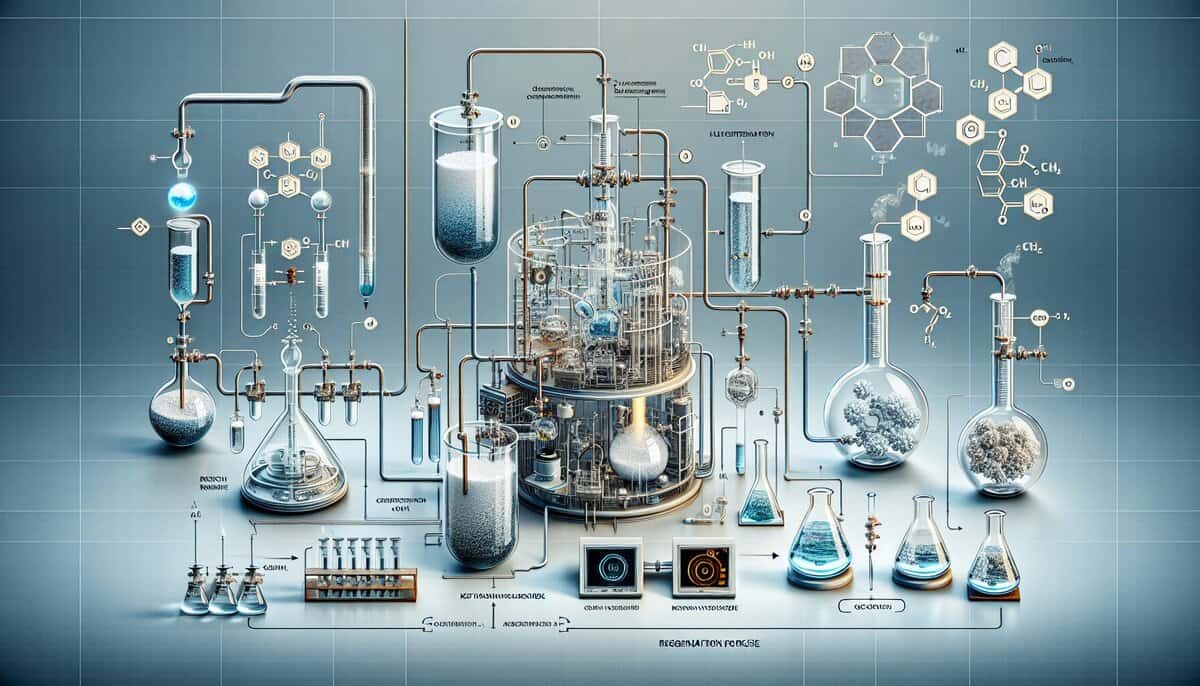
Direct Air Carbon Capture (DACC) technologies can be broadly categorized into two main approaches: liquid-based and solid-based systems. Liquid-based systems primarily utilize chemical absorbents to capture CO2 from the air. A notable example is the use of potassium hydroxide (KOH) solutions, which chemically react with CO2 to form potassium carbonate. Once the absorbent is saturated, a thermal regeneration process is employed, releasing pure CO2 while regenerating the absorbent for reuse. On the other hand, solid-based systems employ sorbent materials that bind CO2. Materials such as amine-functionalized metals or activated carbon can adsorb CO2 at ambient temperatures, offering the advantage of reduced energy requirements for regeneration.

The selection of capture materials significantly impacts the efficiency of DAC systems. Solid sorbents are often preferred for their higher CO2 uptake capacity and lower energy costs compared to liquid systems. For instance, some studies indicate that solid sorbent systems can achieve CO2 capture efficiencies upwards of 90% with a relatively lower energy infusion of about 500 MJ/ton CO2 captured, compared to as much as 1,240 MJ/ton for some liquid systems. Efficiency metrics are crucial when assessing the feasibility of DAC implementations at a larger scale.
Emerging technologies also include hybrid systems that combine the advantages of both solid and liquid approaches. These systems can optimize CO2 capture by integrating solid sorbents for initial capture phases and liquid absorbents for subsequent scrubbing processes. Recent advancements have demonstrated that such hybrid configurations can enhance overall CO2 capture rates, thus paving the way for providing cost-effective solutions for various industrial operations.
Different DAC facilities such as Climeworks in Switzerland and Carbon Engineering in Canada highlight operational variations in these technologies. Climeworks has employed a modular approach using solid sorbent filters, while Carbon Engineering utilizes a more traditional liquid absorption method. The choice between these technologies often revolves around factors such as target market, energy costs, and geographic location, which dictate the operational efficiency of DAC systems.
| Technology Type | Energy Requirement (MJ/ton CO2) | Capture Efficiency (%) TBC at scale and on the long run | Regeneration Method |
|---|---|---|---|
| Liquid Absorbents | 1,240 | Up to 90 | Thermal |
| Solid Sorbents | 500 | Up to 90 | Thermal or Electric |
| Hybrid Systems | Variable | Higher than 90 | Combined Methods |
Tip: when evaluating DAC systems, consider the local energy sources and costs, as they significantly influence the overall efficiency and economic feasibility of the chosen technology.
Energy Requirements and Sources for Effective DAC Processes
Energy consumption represents a significant consideration in Direct Air Carbon Capture (DACC) processes, as efficient removal of CO2 from the atmosphere necessitates considerable electricity and thermal energy inputs. Various DAC technologies exhibit varying energy demands, which typically fall within the range of 1.5 to 10 GJ per ton of captured CO2. The main energy consumers include fans for air intake, heat exchangers, and chemical processes involved in capturing and releasing CO2. The specificity of the technology and the conditions of the operational environment directly influence these requirements.

For successful operation, DAC technologies can utilize a mix of energy sources: renewable, fossil, and nuclear.
Renewable sources like solar and wind power can provide clean energy, significantly lowering the carbon footprint of DAC systems. For instance, a study reported that a solar-powered DAC plant in the United States captured about 1,000 tons of CO2 per year, whereby solar energy accounted for 55% of its energy use.
In contrast, fossil-based energy sources are often cheaper but have implications for the overall emissions profile of the process.
| Energy... |
|---|
You have read 52% of the article. The rest is for our community. Already a member? Log in
(and also to protect our original content from scraping bots)
Innovation.world community
Login or Register (100% free)
View the rest of this article and all members-only content and tools.
Only real engineers, manufacturers, designers, marketers professionals.
No bot, no hater, no spammer.
Frequently Asked Questions
What are the fundamental principles of Direct Air Carbon Capture technology?
What are the different DAC approaches and technologies available?
How economically viable is DAC, and what does cost analysis reveal?
What challenges and misconceptions exist about DAC scalability and effectiveness?
Related Readings
- Regulatory Framework for DAC: the legal guidelines and standards governing the implementation and operation of DAC technologies.
- Integration with Renewable Energy Sources: potential synergies between DAC processes and renewable energy systems to enhance efficiency.
- Carbon Utilization Strategies: methods for transforming captured CO2 into valuable products or fuels.
- Heat Management in DAC Processes: techniques for optimizing thermal energy usage in DAC operations.
- Consumer Carbon Footprint Awareness: educating the public about the role of DAC in reducing individual and corporate carbon footprints.
- Long-term Storage Solutions for Captured CO2: strategies for the safe and effective storage of CO2 extracted through DAC technologies.
- Comparative Efficiency of DAC vs. BECCS: examining the effectiveness of DAC technologies in relation to Bioenergy with Carbon Capture and Storage.
External Links on Direct Air Carbon Capture (DAC)
International Standards
(hover the link to see our description of the content)
Glossary of Terms Used
Bioenergy with Carbon Capture and Storage (BECCS): a process that combines biomass energy production with technology to capture and store carbon dioxide emissions, aiming to reduce atmospheric CO2 levels while generating renewable energy.
Contamination Control Strategy (CCS): a systematic approach to prevent, detect, and mitigate contamination in controlled environments, ensuring product quality and safety through defined procedures, monitoring, and risk management practices.
Direct Air Capture (DAC): a technology that extracts carbon dioxide directly from ambient air, using chemical processes or physical methods, to reduce greenhouse gas concentrations and mitigate climate change impacts.
Direct Air Carbon Capture (DACC): a technology that captures carbon dioxide directly from ambient air, using chemical processes to separate CO2 from other gases, enabling its storage or utilization, thereby reducing atmospheric greenhouse gas concentrations.
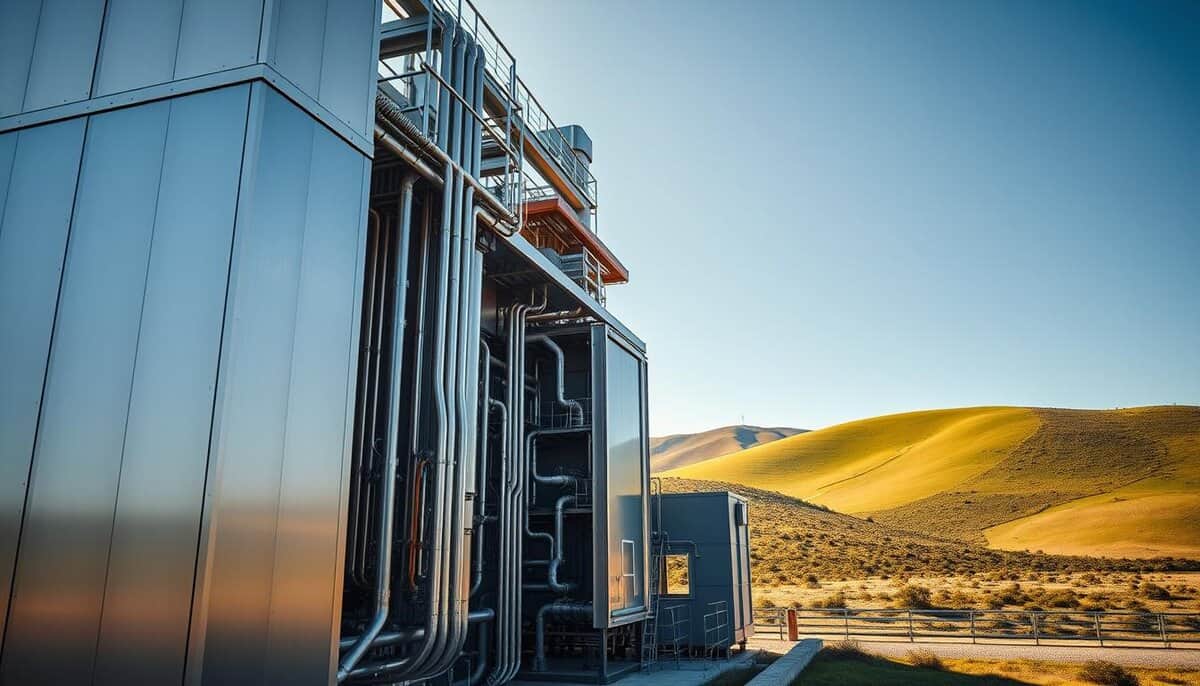





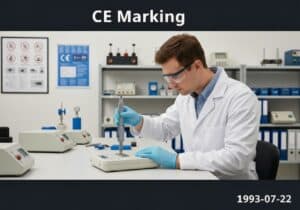


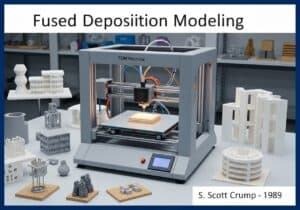



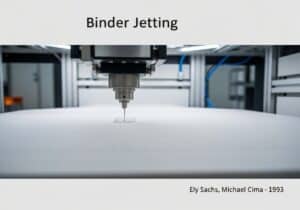













Is DAC viable considering the huge energy requirements? Maybe we should focus more on reducing emissions in the first place.
Related Posts
Latest Publications & Patents on Perovskites
Latest Publications & Patents on Graphene
45+ Science Tricks for Games and Marketing: Data-Driven and Statistical Tricks
Use or Abuse 25 Cognitive Biases in Product Design and Manufacturing
Revised NIOSH Lifting Equation in Bench Ergonomics
Dark Web vs Darknet vs Deep Web: 101 & More